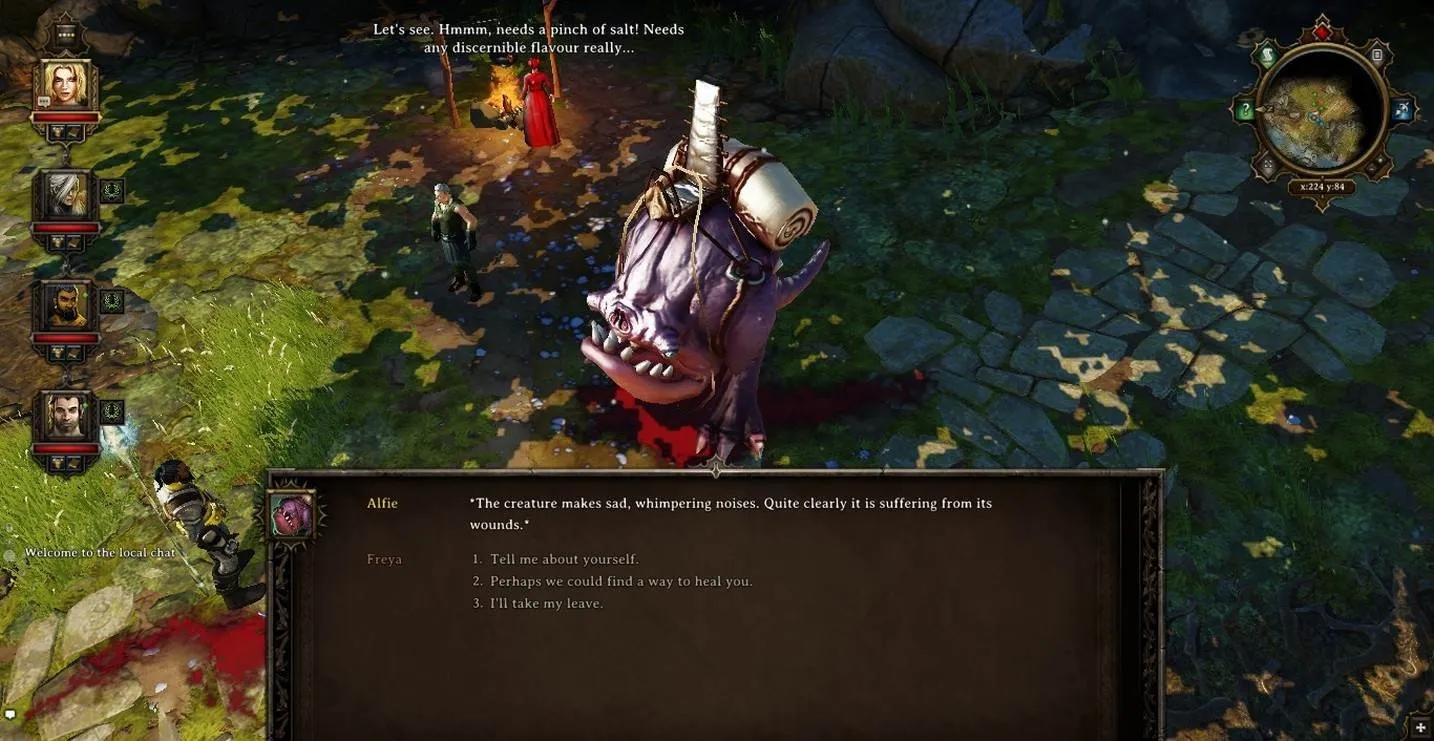
Divinity: Original Sin – A Classic RPG Revival
Contents
The late 90s and early 2000s marked a golden age for classic role-playing games (CRPGs). Titles like Baldur’s Gate, Planescape: Torment, and Icewind Dale captivated players and cemented the genre’s place in gaming history. However, the rise of seventh-generation consoles and the popularity of action RPGs (ARPGs) led to a decline in CRPG development. While games like Dragon Age and Mass Effect offered quality experiences, many CRPG fans yearned for a true return to the genre’s roots. Amidst this landscape, Larian Studios quietly released Divinity: Original Sin in 2014, reigniting the CRPG flame.
 Divinity: Original Sin – Screenshot 1
Divinity: Original Sin – Screenshot 1
A Humorous and Engaging Narrative
Set before the events of the original Divine Divinity, Divinity: Original Sin casts players as two Source Hunters tasked with investigating a murder in the town of Cyseal, located in the vibrant land of Rivellon. The story, while not overly complex, follows a classic fantasy RPG trajectory: starting with a seemingly small case, the Source Hunters eventually become Rivellon’s unlikely saviors against an undead uprising. The narrative’s simplicity allows Larian Studios to showcase its strength: compelling and humorous storytelling. Rivellon is a world where players consult dogs for clues and witness people leaping off cliffs after believing a statue granted them the ability to fly.
The well-written dialogue adds another layer of enjoyment. Instead of relying on voice acting, the game utilizes engaging text-based conversations that effectively convey the personalities and attitudes of the diverse NPCs. This approach avoids the potential fatigue associated with extensive reading often found in classic RPGs.
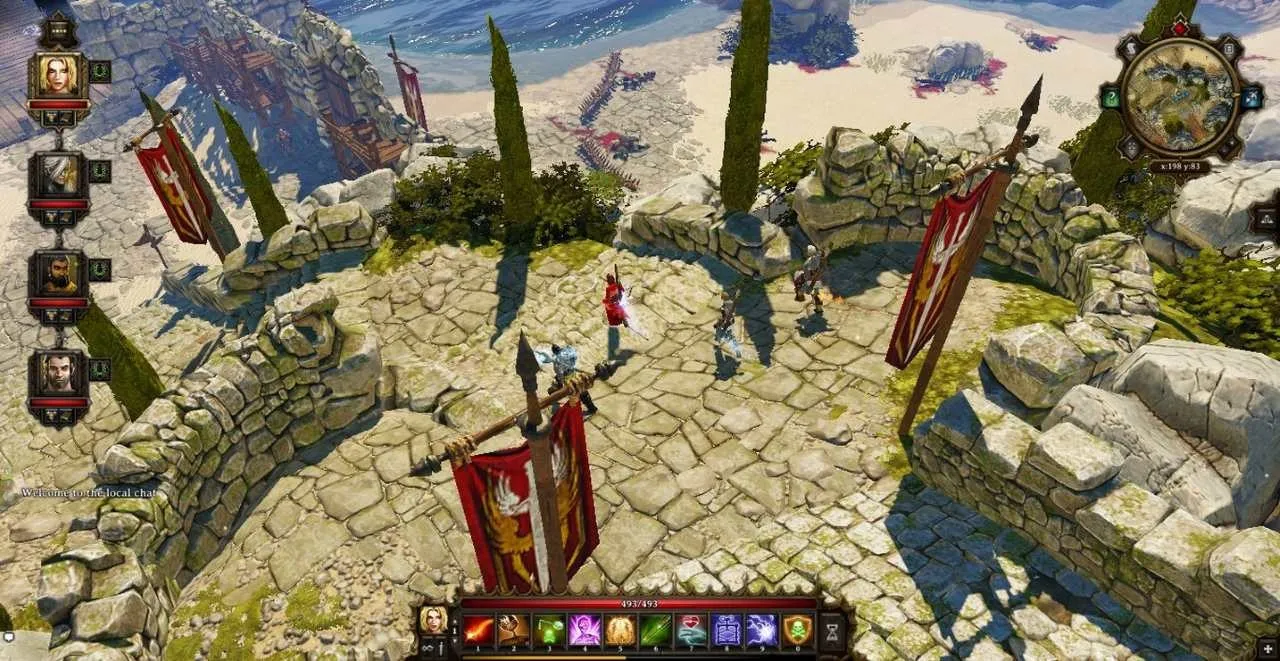 Divinity: Original Sin – Screenshot 2
Divinity: Original Sin – Screenshot 2
Exploration and Player Choice
Divinity: Original Sin features a sizable open world that encourages exploration. Though not as vast as The Elder Scrolls games, its intricate design and interconnected quests create a sense of purpose and discovery. Side quests, while not numerous, offer variety and depth, often intertwining with the main storyline. The game eschews hand-holding, requiring players to pay close attention to dialogues and journal entries to uncover clues and progress. This approach enhances immersion and allows player choices to have tangible consequences. Decisions such as sacrificing a valuable Bloodstone to save a suffering Beast of Burden or keeping it for personal gain demonstrate the player’s direct impact on Rivellon.
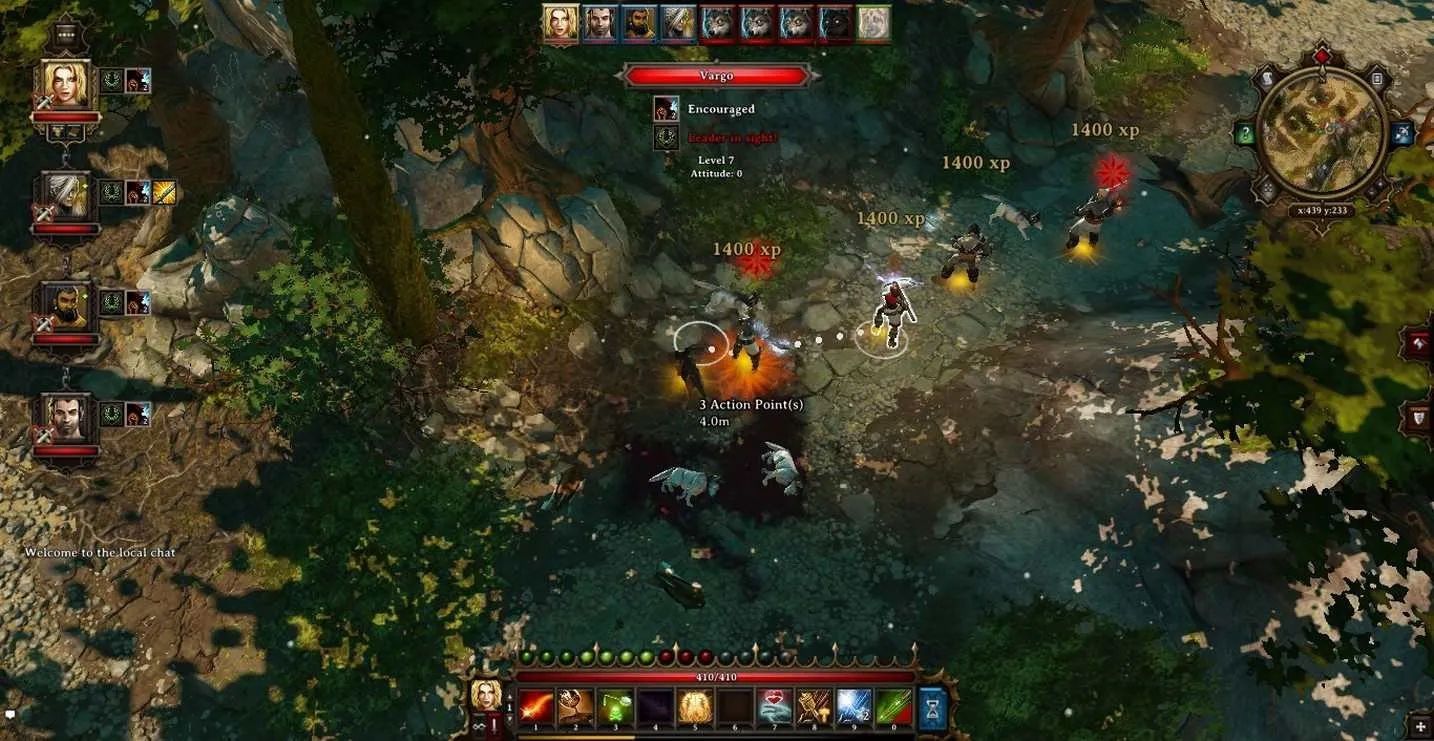 Divinity: Original Sin – Screenshot 3
Divinity: Original Sin – Screenshot 3
Challenging but Rewarding Combat
Divinity: Original Sin is undeniably challenging. The initial slow pace may deter some players, but perseverance reveals a deeply engaging and addictive turn-based combat system. Players must strategically utilize the environment and elemental interactions to gain an advantage. Facing a fire-wielding Necromancer from afar? A sudden rainstorm, fire resistance potions, and a fire elemental minion can turn the tide. Undead standing in water? A simple electric discharge leaves them stunned and vulnerable. However, enemies can employ similar tactics, requiring players to adapt and think critically.
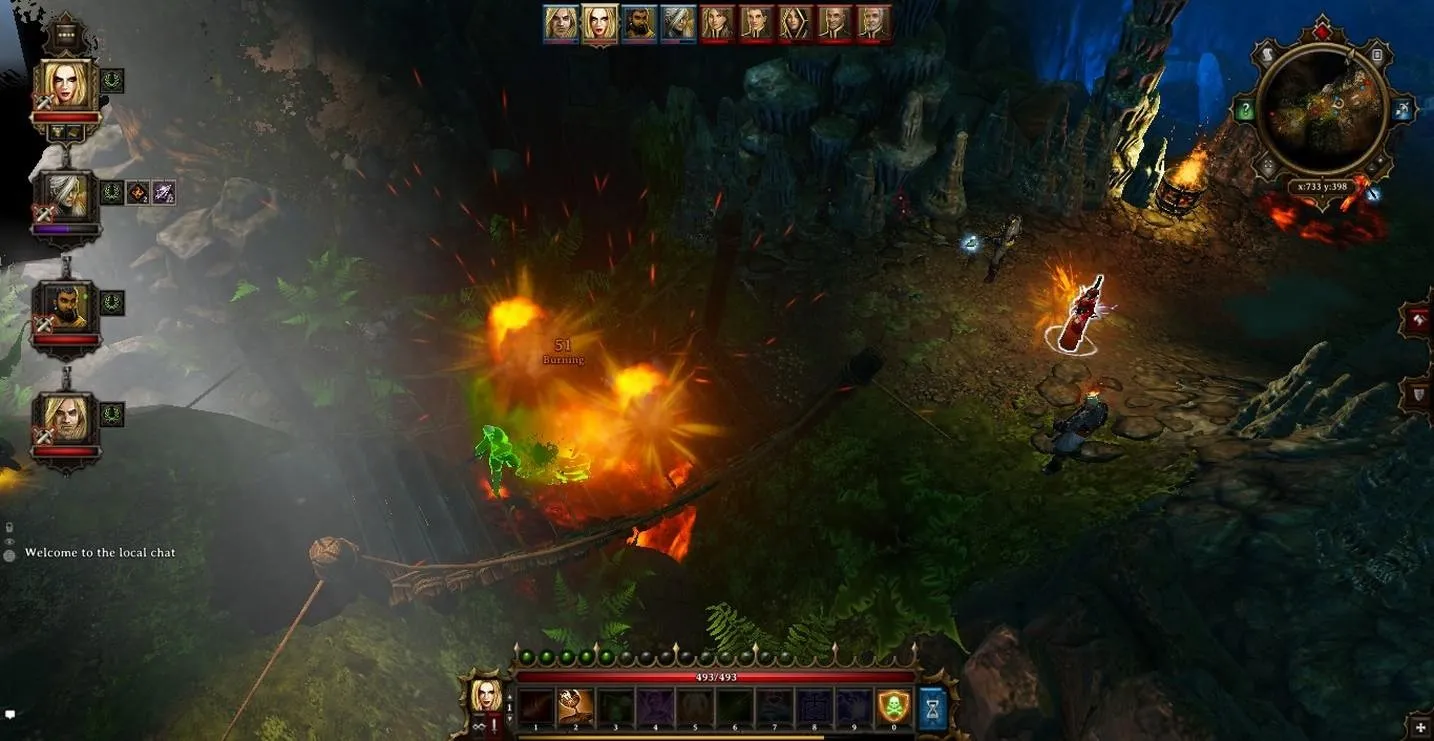 Divinity: Original Sin – Screenshot 4
Divinity: Original Sin – Screenshot 4
Action Points are a precious resource, and every move must be carefully considered. Victory requires disabling opponents with various status effects like burning, freezing, stunning, and bleeding, while simultaneously protecting allies with buffs and elemental resistances. The game demands tactical thinking and punishes careless actions. The reward for overcoming challenging battles comes in the form of loot, ranging from legendary armor to mundane trinkets. The random loot system encourages experimentation and replayability.
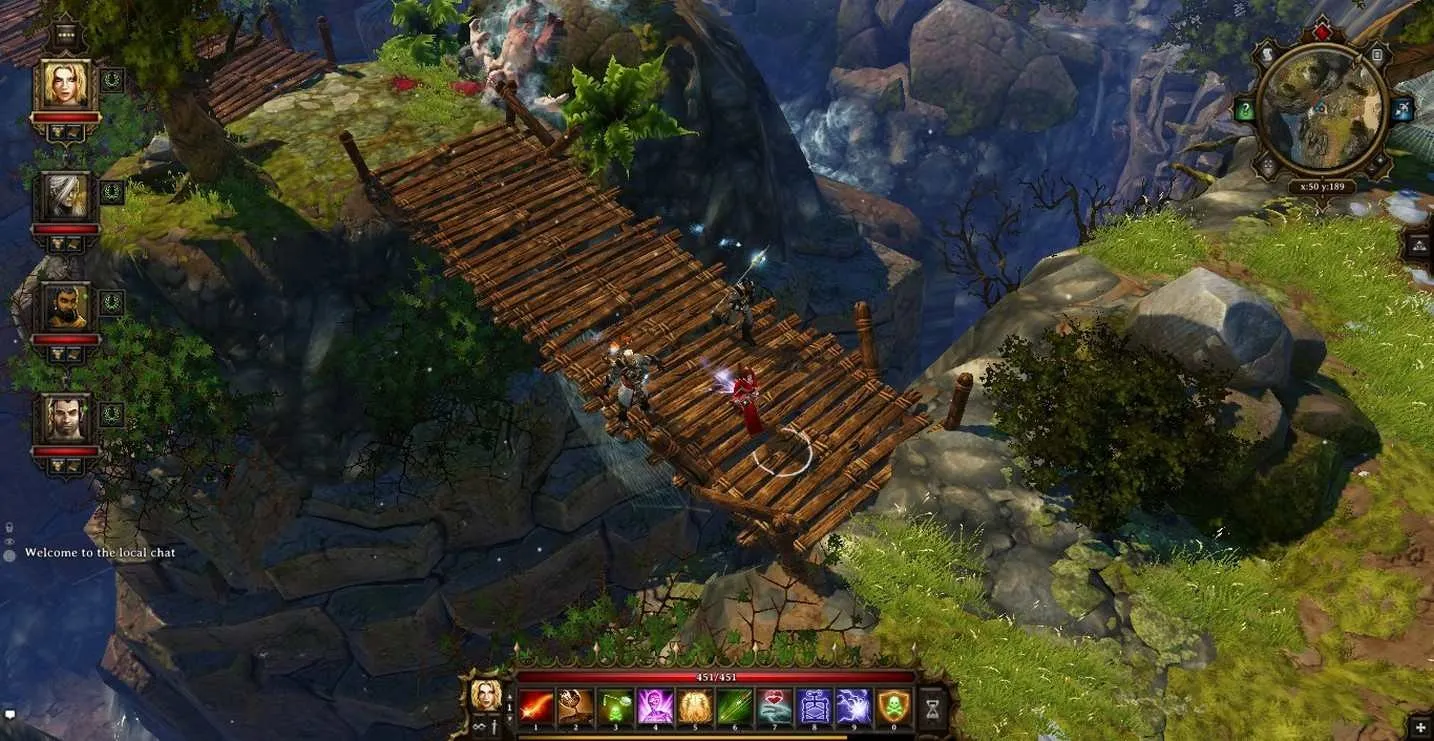 Divinity: Original Sin – Screenshot 5
Divinity: Original Sin – Screenshot 5
Crafting and Exploration
The game’s crafting system adds another layer of depth. Players can create potions, arrows, weapons, armor, spell books, and even imbue weapons with elemental properties. The crafting system extends to cooking, allowing players to prepare various dishes with the right ingredients and recipes. The Perception mechanic, activated by holding the “Alt” key, highlights interactable objects, streamlining the looting process.
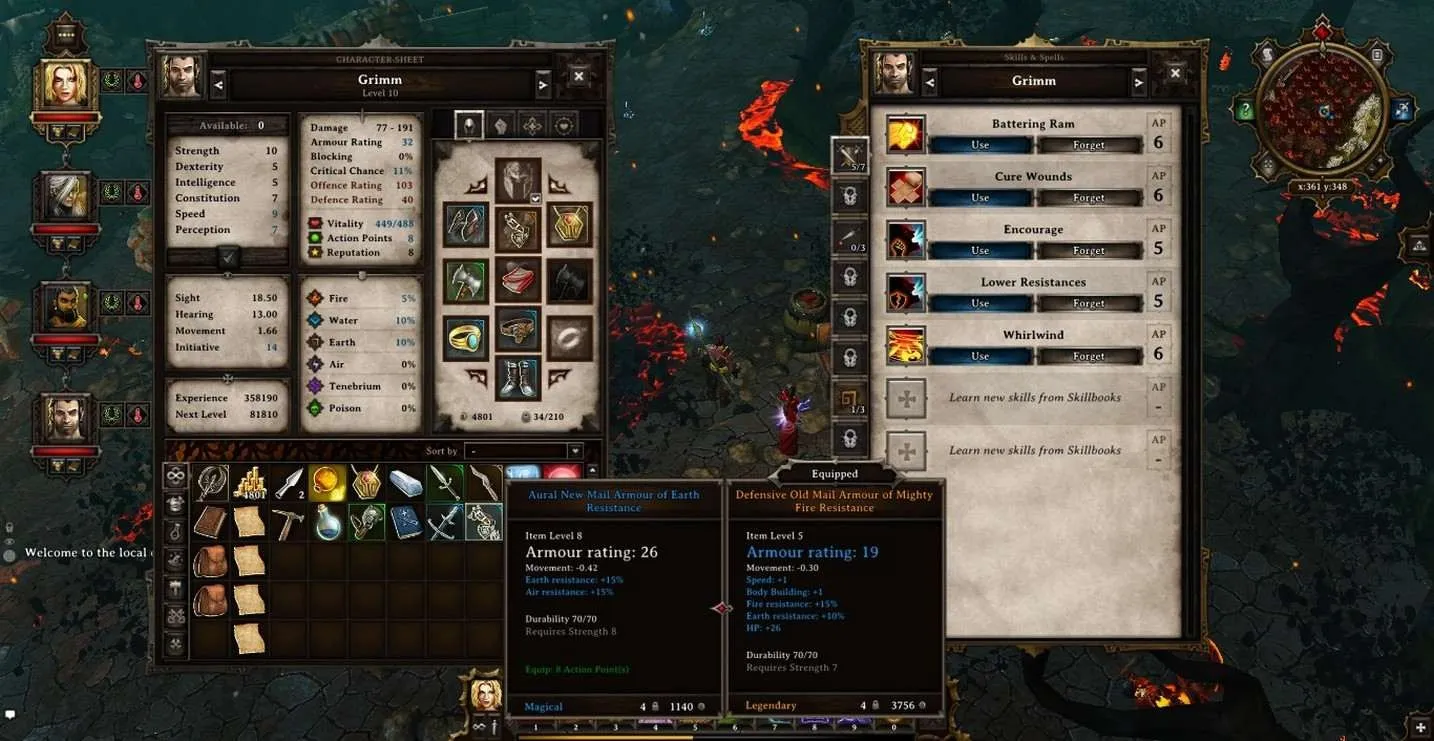 Divinity: Original Sin – Screenshot 6
Divinity: Original Sin – Screenshot 6
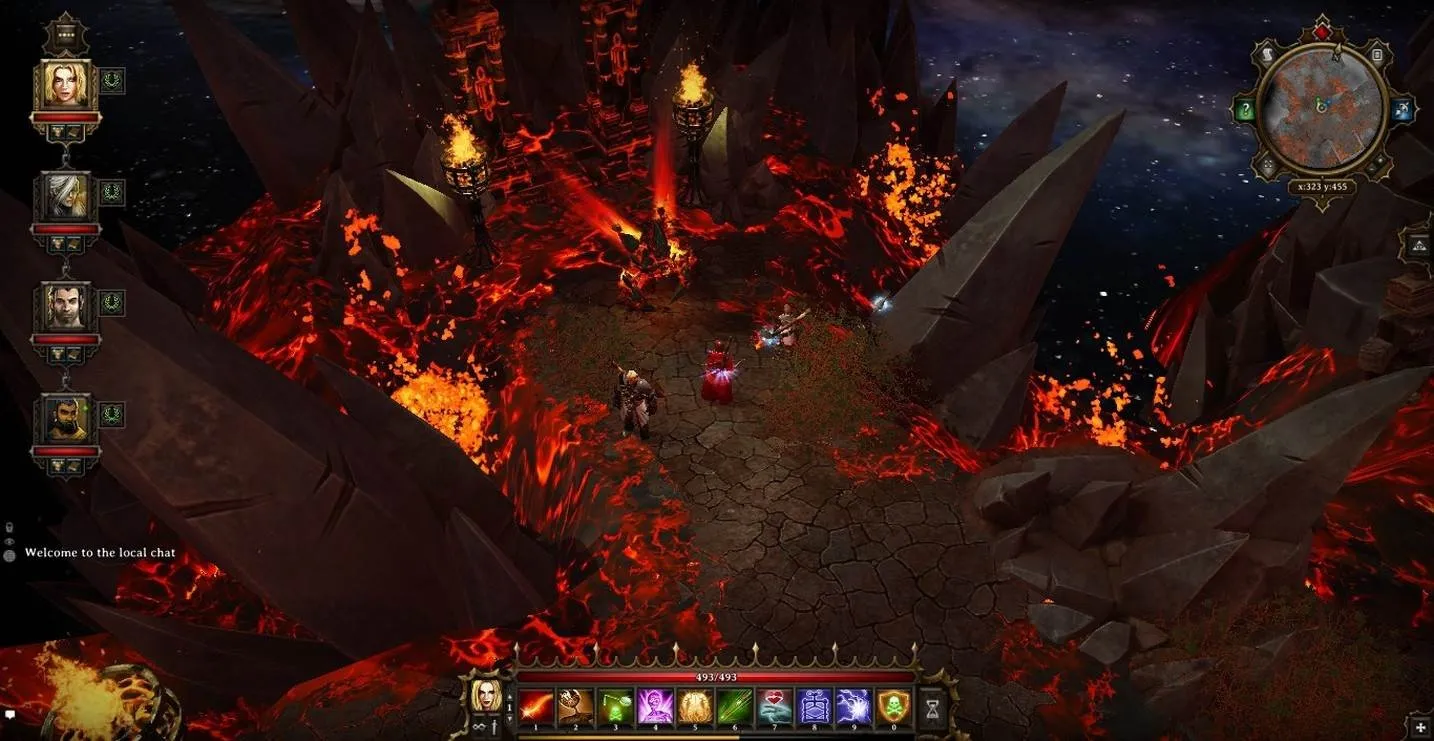 Divinity: Original Sin – Screenshot 7
Divinity: Original Sin – Screenshot 7
Stunning Visuals and Soundtrack
From the coastal town of Cyseal to the icy landscapes of Hiberheim, Divinity: Original Sin boasts visually stunning and diverse environments. The game’s soundtrack, composed by Kirill Pokrovsky, perfectly complements the world’s atmosphere. The music ranges from upbeat tavern tunes to melancholic orchestral pieces, creating a truly immersive experience.
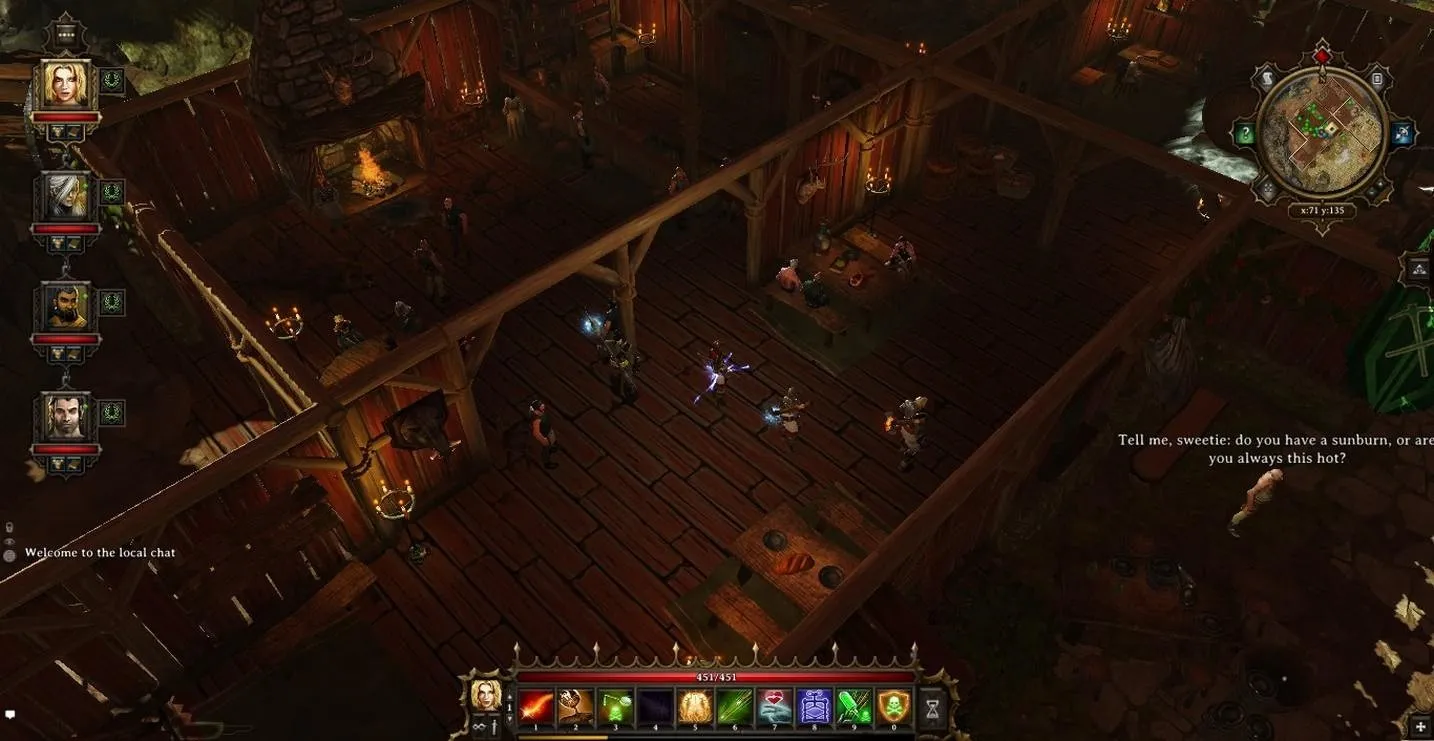 Divinity: Original Sin – Screenshot 8
Divinity: Original Sin – Screenshot 8
Quirks and Conclusion
While Divinity: Original Sin excels in many areas, the dual-dialogue system, designed for cooperative play, feels awkward in single-player mode. Choosing dialogue options for both characters can feel unnatural and disjointed. Despite this minor flaw, Divinity: Original Sin stands as a remarkable achievement. It revitalized the CRPG genre, offering a deep, challenging, and rewarding experience that captures the spirit of classic RPGs while introducing innovative gameplay mechanics.
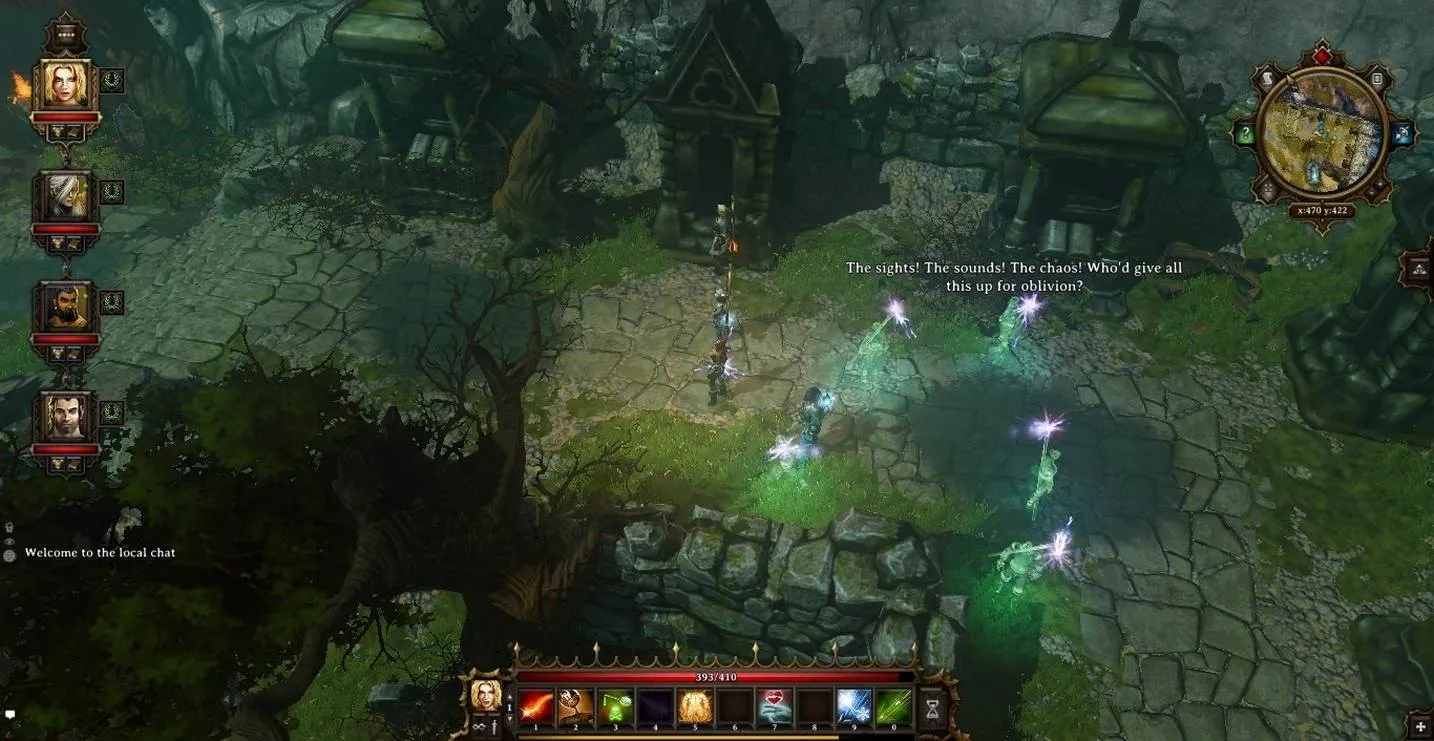 Divinity: Original Sin – Screenshot 9
Divinity: Original Sin – Screenshot 9
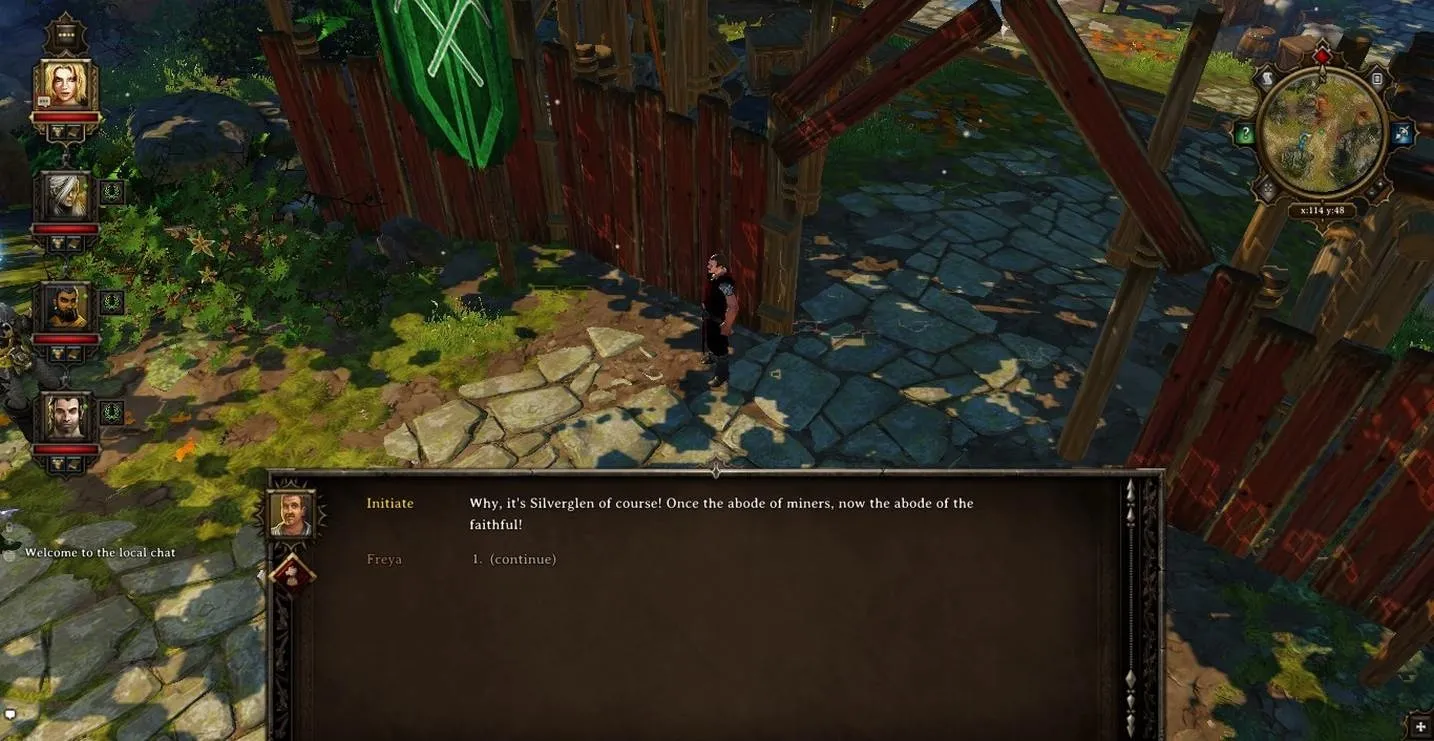 Divinity: Original Sin – Screenshot 10
Divinity: Original Sin – Screenshot 10
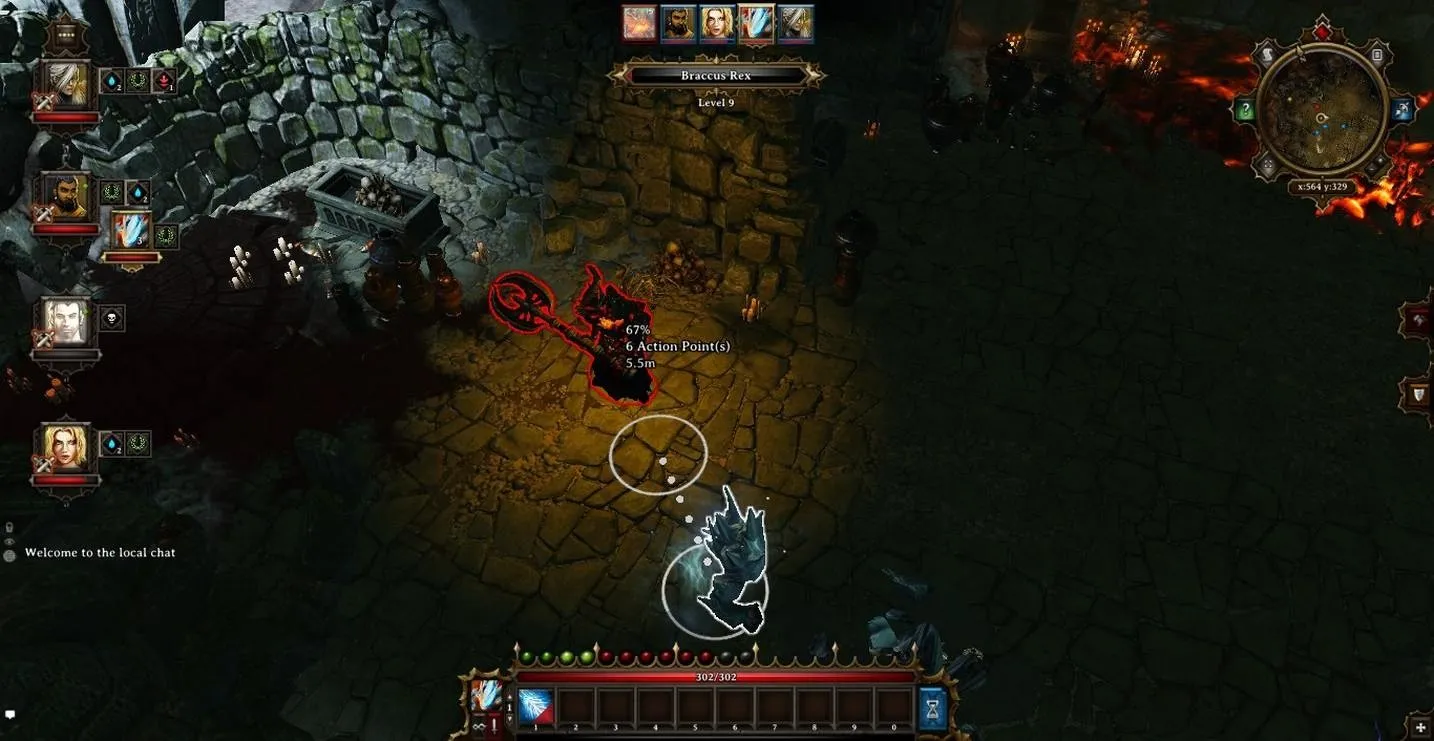 Divinity: Original Sin – Screenshot 11
Divinity: Original Sin – Screenshot 11
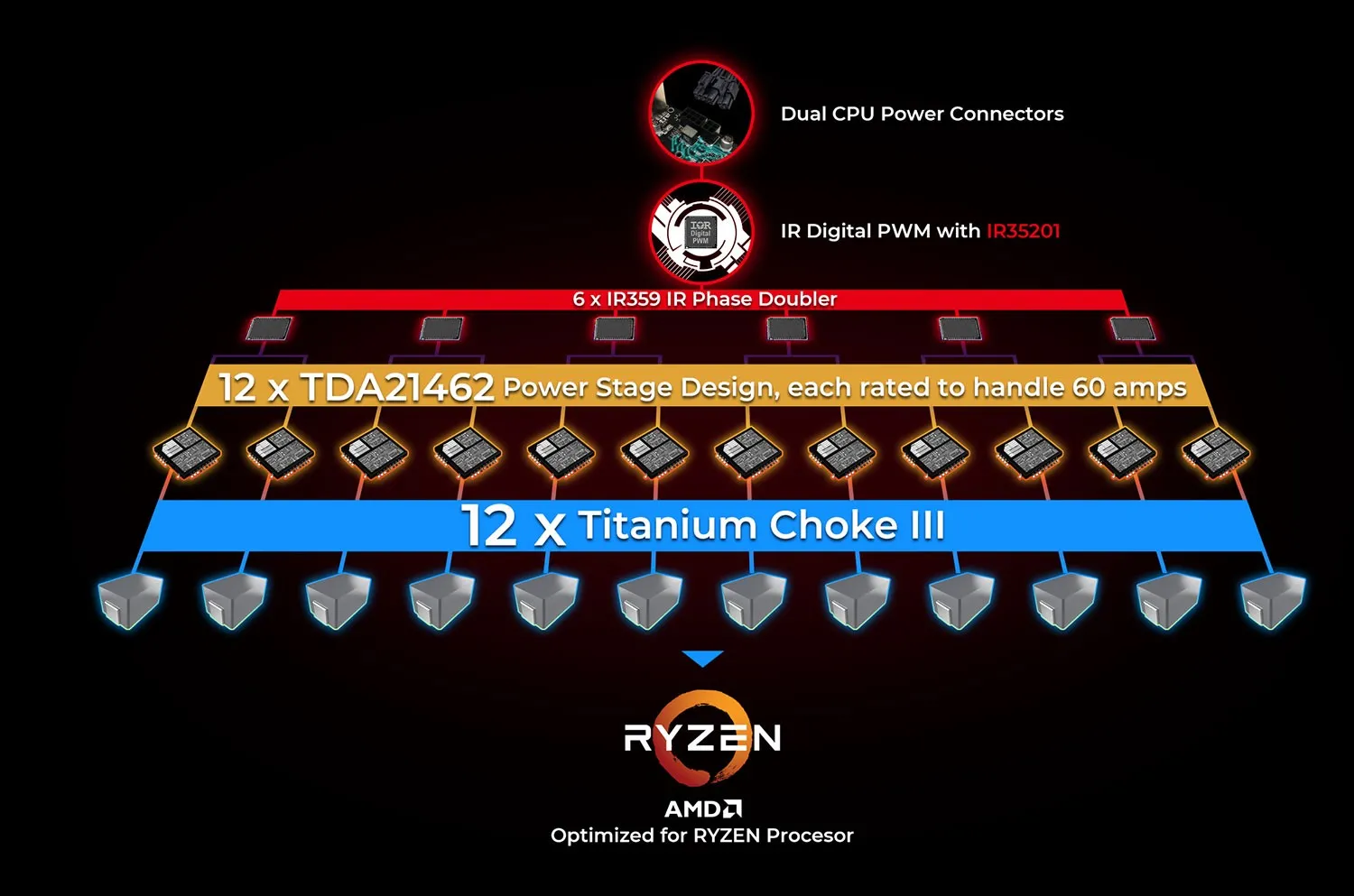


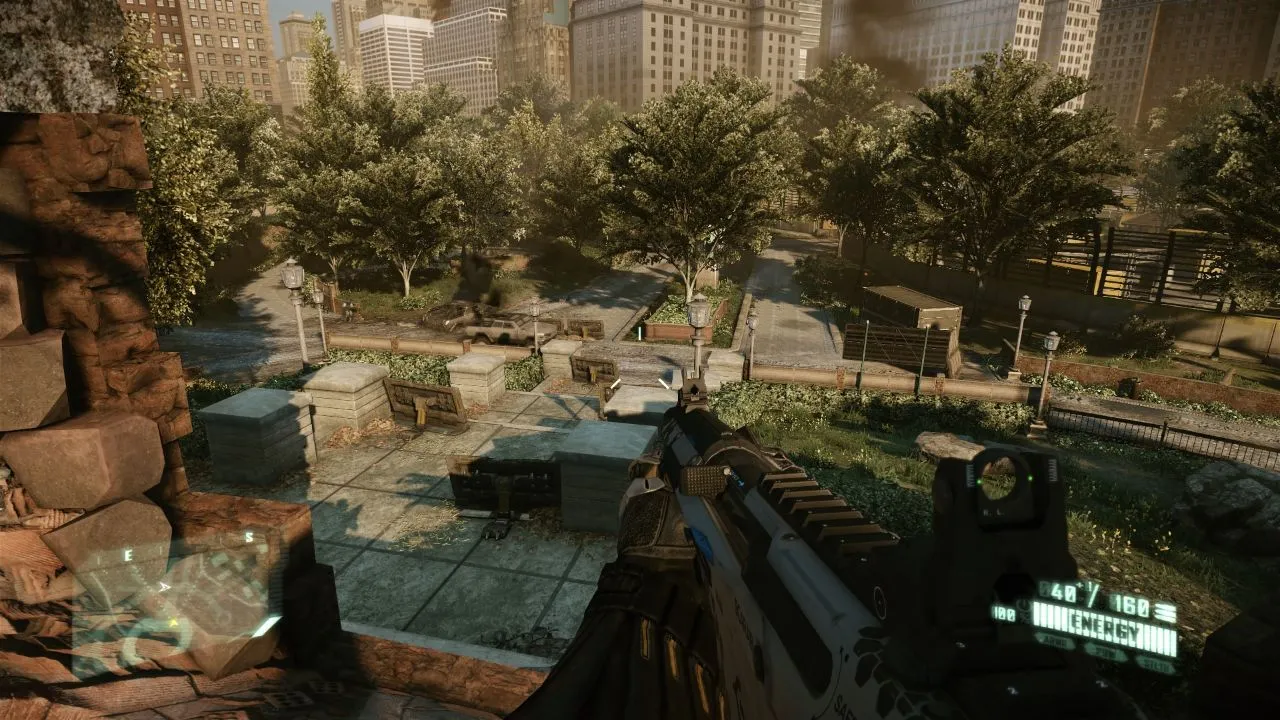

Comments (0)